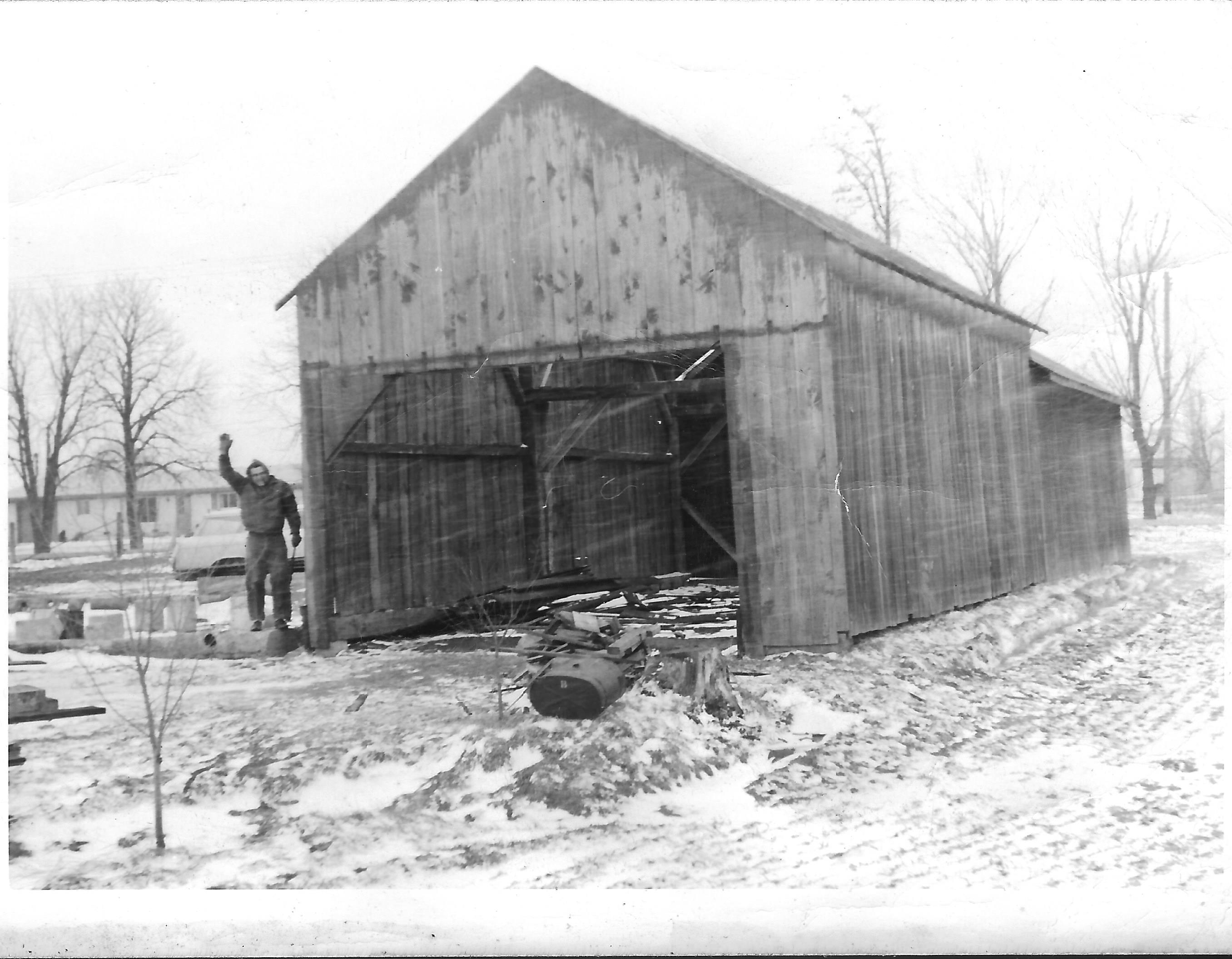


currently unavailable Straight Upright Growing Oak with Symmetrical Branching and Uniform Growth Rate
Procera is Latin for tall. The beauty of Procera Oak is displayed in its large, straight trunk with its straight central leader. The side branches grow both upright and symmetrical, but do not compete with the central leader. Seedlings from this cross are very similar to the parents with excellent resistance to mildew and heavy acorn production. Large acorns are produced on a yearly basis with heavy crops every other year. This species hybrid is quite vigorous right up there with the burenglish oak and can grow in dry conditions.
Selected from first generation hybrids, each of the trees were found as seedlings of english oak. Three of our Procera oaks came from English oak trees that were found next to swamp oak oaks or other unknown white oak. Many of these crosses showed exceptional vigor and intermediate characteristics of both species. One of our procera oaks appears to be almost sterile with very few acorns produced over the course of 35 years of its life. The other crosses have good acorn yields. I have grown several into second generation trees and they two have this strong central leader pyramidal shape with a dense symmetrical crown even from seed.
This oak represents a new selection of oak that could be grown for its timber as well as its acorn production. Each of the hybrids from seeds have a good potential for seedling orchards for acorn and timber production. More should be grown out as the second generation shows such promise. The cultivars could be used as shade trees as well.
Procera Varieties available as scionwood:
Totality This selection has developed and maintained the straightest of all oak trees in my hybrid plantings with a strong central leader tendency and symmetrical branching. The branching has been strong enough to avoid the fastigiate look and wide enough to provide large caliper trunk size in a short period of time. In many ways the foliage and acorns have the hint of swamp white oak, but the growth habit is more like a strong english oak. It is resistant to mildew. The acorns are produced in large amounts ever two or three years. It produces vigorous seedling population that also is immune to mildew. This oak has potential for its timber like form for wood production as well as street trees where you want uniformity but not enough to make them look too clonal in their growth characteristics like the myriads of columnar oaks.
Fortitude This selection comes from what appeared as an unlikely cross of english oak and pin oak. Normally I would have dismissed it but the leaves and the growth habit suggest otherwise. One year I collected from an english oak as a street tree that was right next to a pin oak. I looked for other white oaks in the area and I did find one about 1000 feet away across the open school yard. When I grew out the seedlings, I found this hybrid in the batch that really stuck out after three years. The rest of the seedlings died of mildew. The leaves were so unique. What really surprised me was the almost sterility of the tree with only 25 acorns during the course of its 40 years of life. And those acorns came on when a nearby red oak tree started flowering. I need to have the genetics tested to resolve the issue!!! If you ask an oak expert, they would say impossible. My thought is, take a look at this tree. Strong down descending branchlets like pin oak. Insanely large caliper and wood production in a short period of time. The broad spreading crown and dense clean foliage make it an ideal shade and street tree. The low acorn production would also benefit areas where acorns may be more of a nuisance and not eaten by wildlife because there is little wildlife.
Procera oak offers benefits from seed and its cultivars to create a new type of oak that has the durability of english oak in transplanting and longevity of swamp white oak.
| Plant Specs |
| Genus & Species |
Quercus x robur x bicolor |
| Seed Source |
Michigan |
| Hardiness |
-25 |
| Height (ft) |
60 |
| Width (ft) |
30 |
| Pollination Requirements |
Self fertile or have two plants of the same cross. |
| Soil |
Sandy loam.Loam or part clay. No standing water. |
| Climate |
Zone 3ish-zone 9. |
| Ease of Cultivation |
Roots quickly into its surrounding soil. |

